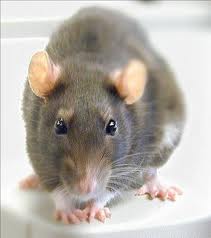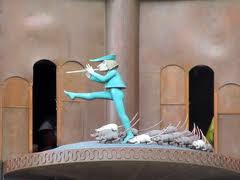What keeps the body in tune with the weather conditions? Even though we are sheltered and warm, our bones remain connected to what's going on outside.
On this morning's BBC Sci/Environment News, I read about the early link between man and a small, furry, insect-eating mammal.

The creature gave rise to all the placental mammals - a huge group that includes whales, elephants, dogs, bats and us - has at last been pinpointed. They could have lived 100 million years ago, with mammals such as early rodents sharing the Earth with the dinosaurs.
Placental mammals - as opposed to the kind that lay eggs, such as the platypus, or carry young in pouches, such as the kangaroo - are an extraordinarily diverse group of animals with more than 5,000 species today. They include examples that fly, swim and run, and range in weight from a couple of grams to hundreds of tones.

Rats and humans have co-existed throughout history. The Great London Plague of 1665-6 was said to have been spread by the fleas on rats that arrived on ships. They were attracted by city streets filled with rubbish and waste, especially in the poorest areas.
Wealthy doctors, lawyers and merchants, fled the city. Charles II and his courtiers left in July for Hampton Court. However, the poorest people remained in the city. It's estimated that half the population of London died - 100,000 in all.
However, rats thrive to this day.
Rats and mankind co-exist and retain their connection to nature. If devastation occurred, rats would survive but people would find it difficult to adjust.

 RSS Feed
RSS Feed






